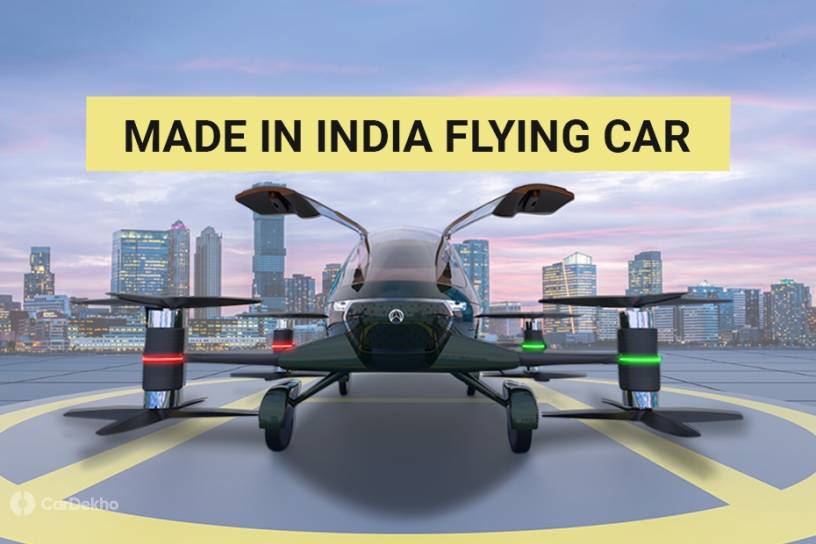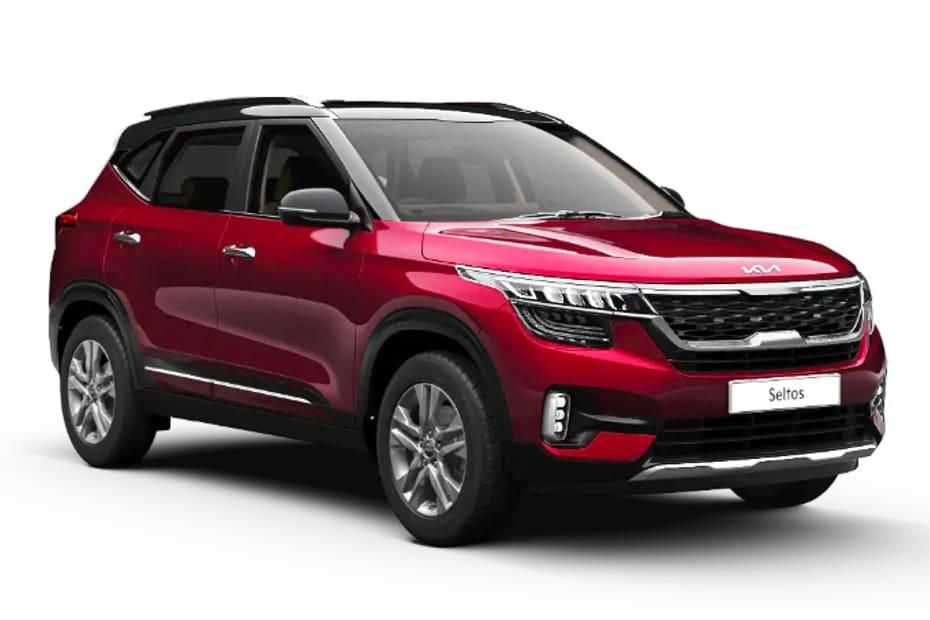Chennai-Based Vinata Aeromobility Could Soon Make Flying Cars A Reality In India
Modified On Oct 07, 2021 05:55 PM By CarDekho
- Write a comment
Here’s all we know about this concept that was just reviewed by the Minister of Civil Aviation
Update: India’s pioneering flying car company, Vinata Aeromobility, has showcased its first concept, an autonomous flying two-seater taxi.

Is it a car? Is it a drone? We don’t know for sure yet, but a new ‘flying car’ concept from Vinata Aeromobility recently got the nod from Jyotiraditya Scindia, the Minister of Civil Aviation. “Once this takes off, flying cars would be used for transporting people & cargo, as well as for providing medical emergency services,” said the minister on Twitter.
Who’s Vinata Aeromobility?
A startup company that intends to build Asia’s first hybrid flying car. According to its website, the first prototype will be an autonomous flying vehicle powered by biofuel and an EV battery. The startup’s CEO is Yogesh Iyer, and its principal advisor, Dr A. E. Muthunayagam, is one of India’s top space propulsion scientists at the Indian Space Research Organisation (ISRO).
What’s the concept, and how does it work?
We’ve always envisioned flying cars as road-legal automobiles that, at the touch of a button, would rise above regular traffic when you’re stuck in a jam and fly you to your destination. But although Vinata Aero’s concept has wheels, they don’t seem to have any driveline components, so this isn’t a road-going flying car. The startup claims that it’ll be capable of vertically landing and taking off from any surface. Think of it as India’s answer to Hyundai’s flying taxis.

The model showcased at the Civil Aviation Ministry looks like a cross between a Renault Twizy and a quadcopter drone. It has a pair of coaxial rotors at each corner and four wheels for landing. The real-world flying car will have seating for two people, an estimated 990kg unladen weight and a 300kg payload carrying capacity.
Vinata Aero claims a 100km range or about an hour’s worth of flying time. Although the model and renders make it seem small, the people-carrying pod will be as wide as a Hyundai Venue and longer than an MG Gloster. The company claims a maximum speed of 120kmph and a maximum elevation of 3,000 feet (900 metres).
A biofuel electric generator and an onboard EV battery will send power to each of the brushless direct current (DC) motors. As for motor specs and battery capacity, you’ll have to wait until next year for the details. As a safety feature, the propulsion software will be able to land the flying car using just three of the rotor pairs if one of the rotors gets damaged.
Also Read: Anand Mahindra Gets Inspired To Build An SUV For People With Disabilities. Here’s Why
Where will the flying cars fit in with traffic?
The 3,000 feet flight ceiling and 100km range seemingly limit the operation of these vehicles to city limits. In the future, there could be pre-decided landing stations and connectivity to other forms of transportation such as buses and metro trains.
But there are several challenges in the way. For one, we don’t know how Vinata Aero will price the flying car. It’s not unreasonable to expect each ride to cost a small fortune initially, but in the long run, the taxis will have to be priced competitively against the myriad of other local transport options available.
Also Read: Car Scrappage Policy: All Your Questions Answered!

There is no doubt that flying cars and taxis will, quite literally, change the landscape of our cities. They have the potential to ease congestion and improve access to emergency services (think flying ambulances). Besides, after news of this flying car went viral on the internet, it seems about time that small-capacity aero taxis step out of science fiction and become reality.
We eagerly await the sight of Vinata Aero’s first prototype at CES 2022, and we hope that the manufacturer will be able to keep its 2023 manufacturing timeline. Sit tight for more details that could be revealed in October at the Helitech Expo 2021 in the UK. Just imagine, in a few years you might find yourself ordering an Uber that flies!
3 out of 3 found this helpful















